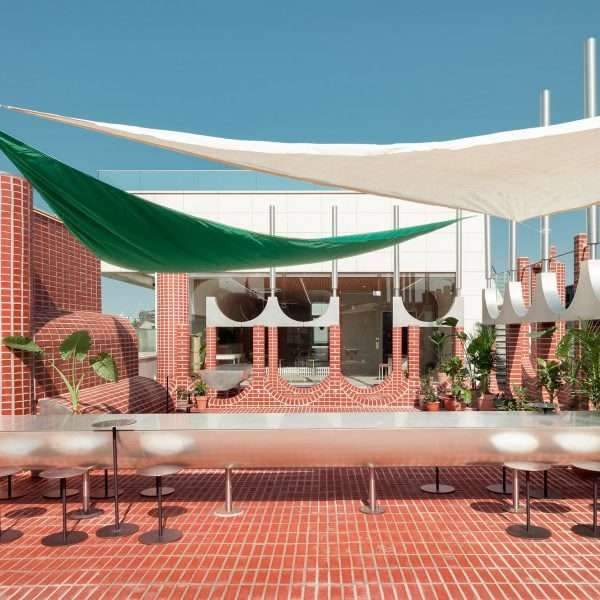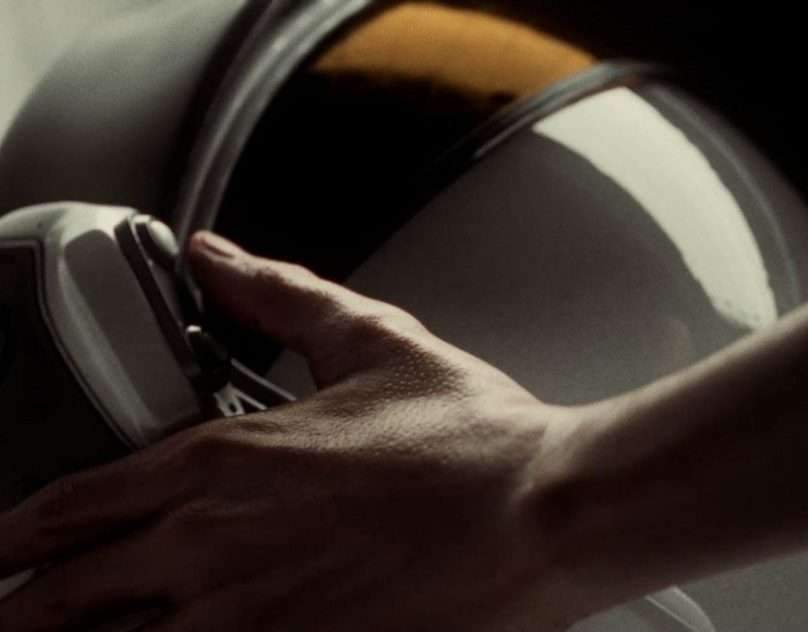Al-Qatif, a region rich in history and culture, is renowned for its distinctive architectural heritage that reflects the unique environmental, social, and historical contexts of the Eastern Province of Saudi Arabia. As the region evolves, there is a growing emphasis on adapting its traditional architectural styles for modern use, ensuring that new constructions resonate with the area’s cultural identity while providing for contemporary lifestyle needs.
Authenticity in Contemporary Designs
The essence of Al-Qatif’s architectural identity lies in its high parapets, screened walls, varied arch styles, and the use of local materials, which together create a distinctive visual and functional harmony. Modern architectural projects in Al-Qatif are increasingly drawing on these traditional elements, incorporating them into designs in ways that are both authentic and innovative. This approach allows for the preservation of regional identity in the face of rapid urbanization, ensuring that the built environment remains a reflection of the area’s rich cultural heritage.
Sustainability and Functionality
Incorporating traditional architectural elements into modern buildings is not merely an aesthetic choice but a sustainable one as well. The materials and techniques that defined traditional constructions, such as mud bricks and natural insulation methods, offer environmentally friendly solutions for contemporary building challenges. Moreover, these elements are adapted to enhance functionality in modern structures, ensuring that buildings are not only culturally resonant but also energy-efficient, comfortable, and suited to the needs of their users.
Guidelines and Recommendations
For architects and builders looking to integrate Al-Qatif’s traditional architectural styles into contemporary designs, several guidelines and recommendations can be followed:
- Material Innovation: Use modern materials that mimic the properties and appearance of traditional ones, ensuring durability and sustainability.
- Design Integration: Adapt traditional elements, such as arches and courtyards, in ways that enhance modern building functions, such as natural lighting and ventilation.
- Cultural Continuity: Engage with the local community and heritage experts to ensure that adaptations of traditional styles are respectful and informed, fostering a sense of cultural continuity.
image source: Tripadvisor LLC
Finally, find out more on ArchUp:







